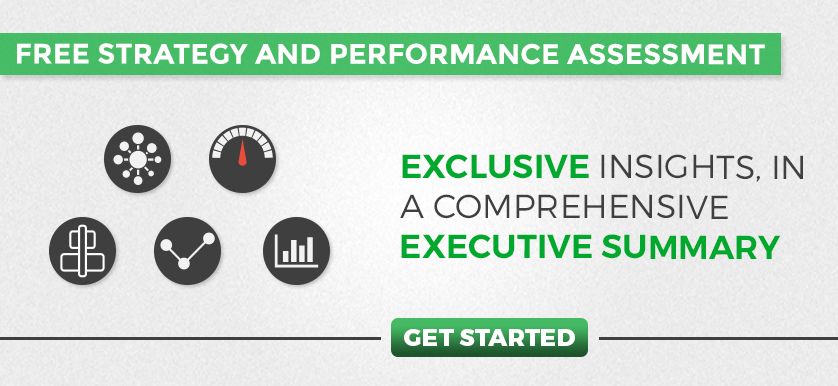Best of Both Worlds: A Look Into Hybrid PMS Implementation

Image Source: Freepik
In the last few years, The KPI Institute (TKI) has supported several organizations with the implementation of a hybrid performance management system (PMS), namely a hybrid between a KPI-based framework and OKRs. This is especially useful for entities that want to benefit from a more agile approach to performance management while still retaining part of the control offered by a more stable framework, such as the Balanced Scorecard (BSC). A hybrid methodology was also seen as an option by organizations that were already using a PMS but were not willing to undergo a complete framework change.
The majority of clients that chose this solution as opposed to solely deploying OKRs were already working with a BSC and had prior knowledge of KPIs and the field of performance in general but felt the need to update their framework and incorporate the latest developments from the field into their practices.
Read More >> In Pursuit of Holism: Best Practices for Employee Performance Management
Challenges
Most of our clients that implemented a hybrid solution were facing challenges, mostly at the operational and individual levels. Due to a fast-changing environment, their operations had to learn to adjust with a higher frequency; therefore, a system that encourages such changes and operates within a shorter timeframe became more desirable.
At the individual level, the increasing percentage of millennials and Gen-Z in the workplace made it a necessity to deploy a value-based PMS that not only relies on committed results and business as usual but takes into account employees’ ambitions as well as actively includes them in the setting process of all objectives and results.
Solution
The solution we proposed and the integration of the two systems are usually highly dependent on the specific needs of the client as well as their organizational structure, external stakeholders—especially in the case of governmental entities—or environmental requirements.
The usual stages of a hybrid PMS deployment are as follows, but these are subject to change depending on each project’s specifics:
- Needs analysis
- Design and documentation of the hybrid PMS at all levels
- Education of all stakeholders on the hybrid PMS
- Implementation
- Reinforcement through communication campaigns or review meetings, among others
A project as described above for a medium-sized organization of around 100-150 employees—if the individual level is included in the project—can take up to one year.
Key Success Factors
The key success factors of implementing any hybrid system are, first and foremost, its compatibility with the organization’s scenario, followed by top management sponsorship, and employees’ openness to learning and operating with two philosophies merged into one.
The hybrid solution that we recommend is easier to use and more versatile; therefore, it can work for most organizations. It is compatible with the BSC on the corporate level, where stability and committed, longer-term objectives are needed, followed by OKRs on the operational levels, where agility is mostly needed. However, this must be customized depending on the organization’s needs and aims.
Alignment
Ensuring alignment between different organizational levels while using a hybrid PMS relies almost exclusively on effective communication between the representatives of those levels. This ensures that by the time the lower level needs to set their performance components, they fully understand what needs to be achieved at the higher level and what their contribution looks like, equipping them for the alignment process.
Response
In most cases, employees are slightly reluctant to accept a hybrid system during the first phase, especially since it is, by default, more complicated than working with only one framework. However, after intensive training and discussions, most of our clients’ employees embraced the idea of a hybrid system and can see the benefits it brings them, such as people-centricity, flexibility, and measuring their value-add or the simple fact that they can be involved and listened to when setting the system’s components.
Read More >> Investing in Employees: The Economic Benefits of Capacity Building
**********
About the Guest Expert: Alina Miertoiu is a Senior Management Consultant at The KPI Institute. She facilitates on-site and off-site consultancy on OKRs and BSC frameworks in various industries and conducts training courses on OKRs, KPIs, Performance Management, and Benchmarking. She is a PhD candidate in the field of OKRs and Performance Management at Babes-Bolyai University.
Editor’s Note: This was originally published in Performance Magazine Issue No. 28, 2024 – Employee Performance Edition.

Tags: Hybrid Performance Management System, Hybrid PMS, Hybrid PMS Implementation





